17 People Recalled Their Meetings With Celebrities and Shared What Famous People Are Like in Real Life


BOOM! An explosion of supersonic waves, interplanetary heat, dust, fumes... The Earth’s atmosphere has been invaded by a cosmic rock the size of Everest! A few seconds ago, this rock, weighing trillions of tons, was hurtling towards Earth. It could fly from New York to Anchorage faster than you could fry yourself an omelet! This monster’s name? The Chicxulub incident. Epic name, right!
66 million years ago, it crashed into the Earth. Back then, dinosaurs ruled the planet. But not for long! The epic collision took place in modern Mexico, in the Yucatán Peninsula, right near Cancun, where the dinosaurs were vacationing! Well probably not. Still, the huge space rock hit the ocean, but even all that water couldn’t stop the inevitable.
The collision caused a huge amount of energy to be released. The horror on a planetary scale had begun! Imagine a mini sun lighting up the surface of the Earth, with tsunamis the height of the Statue of Liberty bursting from the epicenter of the watery impact. Hmm. Not good.
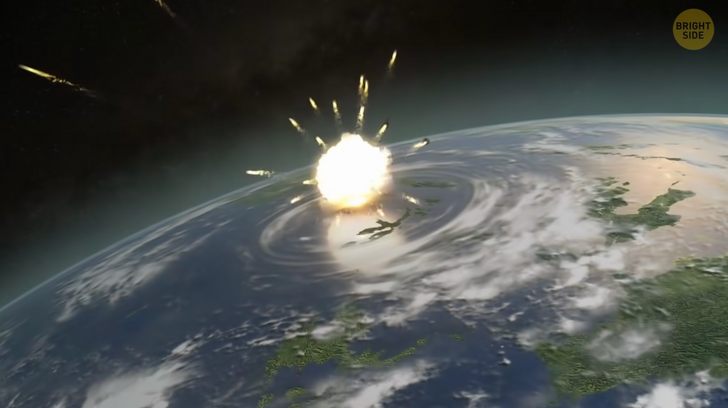
The blast blew through the surface of the Earth. It was as hot as an oven and burnt everything in its path. The impact provoked a colossal earthquake and serious volcanic activity. A bunch of volcanoes simultaneously released hot lava and ash into the prehistoric skies. Millions of tons of ash and soot poisoned the air. This formed a huge ash cloud in the atmosphere, which blocked out the sun’s rays for several years!
The long winter had begun. Only there wasn’t any snow falling from the sky, but rain made of sulfuric acid! Yes, the Chicxulub incident might just be the most important thing that ever happened in the history of our planet! Even more than YouTube.
Back then there were loads of volcanic eruptions, a lot of flammable oxygen in the atmosphere, constant temperature changes... it was the perfect, and worst time for this all to go down! So how are we so sure about all this?
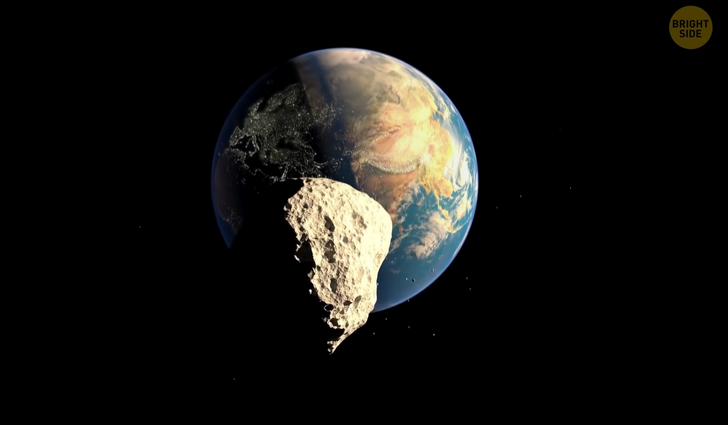
The asteroid left an absolutely huge crater on the planet’s surface. Today, this scar is hidden under the Gulf of Mexico. Scientists found a lot of places on Earth with abnormally high levels of iridium. This metal is very rare on Earth, but it’s in a lot of the asteroids that scientists have examined.
Scientists studied some 66 million-year-old rocks. In the layers of rock, they found dust, the same dust that comes from asteroids! That could only have happened if a huge asteroid had crashed into Earth! The catastrophe led to the extinction of not only the dinosaurs, but also the asteroid! It was so hot at the point of impact, part of the asteroid just disappeared!
A lot of water vapor and carbon dioxide shot up into the atmosphere. But the biggest problem? Sulfur. It got kicked up by the asteroid impact, and flew up into the air. These tiny Sulfur particles blocked out a lot of the sun’s rays. Without the sun, a lot of plants disappeared, and the climate eventually got colder.
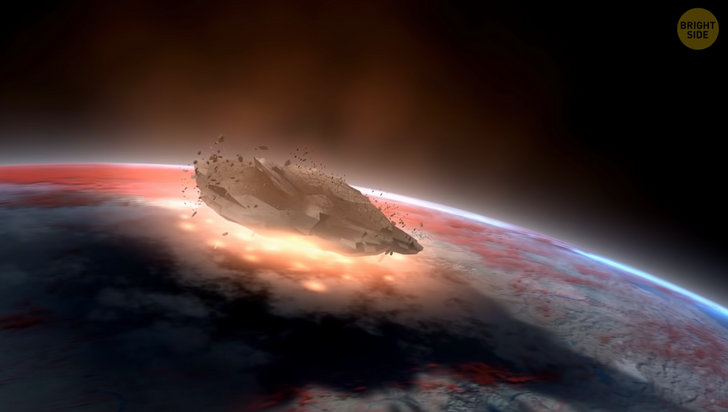
The immense heat turned stones into glass. Scientists call these thing tektites. The energy of the impact threw them up into the skies. After a short flight, the tektites fell down to Earth.
It wasn’t pretty. Rain fell too. Only instead of drops of water, you’d have seen hot glassy fireballs. They bombarded the planet’s surface for days.
The tektites set fire to everything. Scientists found evidence of this all over the world, not just near the collision site! But a lot of things from back then are still a mystery. Some scientists think that Chicxulub wasn’t even an asteroid, it might’ve been a comet!
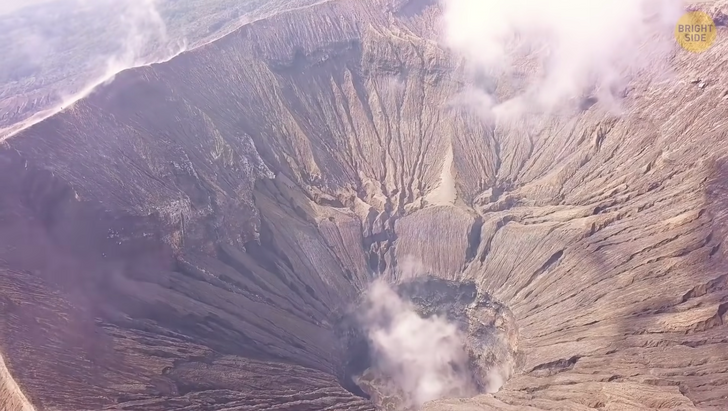
Asteroids are mostly made of stone and metal. Most often, they kinda look like a potato. A comet contains rock, metal and ice. Comets look like dirty cosmic snowflakes, complete with ammonia, methane and carbon dioxide! Comets sometimes come from the Oort cloud. It’s a huge cloud of ice and debris around our Solar system.
From time to time, comets break free from the pack and head towards our sun. According to scientists, this special comet flew right past Jupiter. The gravity of that huge planet accelerated the comet even more. It flew towards the sun, gaining more and more speed! The comet’s outer ice sheet started to evaporate, and it probably gave off a lot of dust and gas, which made it look like it had a tail!
The sun’s gravity eventually shattered the comet apart. One of the fragments flew through space and crashed into the Earth 66 million years ago. So, asteroid or comet? The truth is... we’ll never know.
What we do know is that the Earth was seriously unlucky to be in its path, and it was never the same again. The catastrophe stopped the development of 75% of life on Earth. Some bigger marine animals, like crocodiles, turtles, and fish, survived the impact.
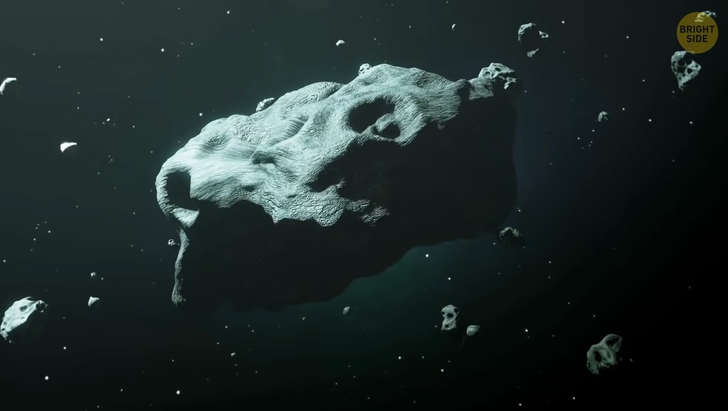
Out of all land animals, the only ones to survive were the ones that were on average smaller than the modern raccoon. That includes a bunch of special species of dinosaurs, the ancient ancestors of birds! Researchers believe they survived for 2 reasons.
After the huge impact, it took a long time for plants to start growing again, and a lot of animals didn’t survive... most remaining animals didn’t have enough food! But these dinosaurs had a beak. With its help, they could split open nuts and dig seeds out of the soil. So they survived! The second reason is that these lucky guys had bigger brains.
Some people think that they were able to cooperate with each other and quickly adapt to the new conditions. Other life-forms survived too. Fungi and mold survived underground and underwater. Gradually, the darkness cleared away and ferns began to take over the lifeless landscape. After a few thousand years, forests started to reappear!
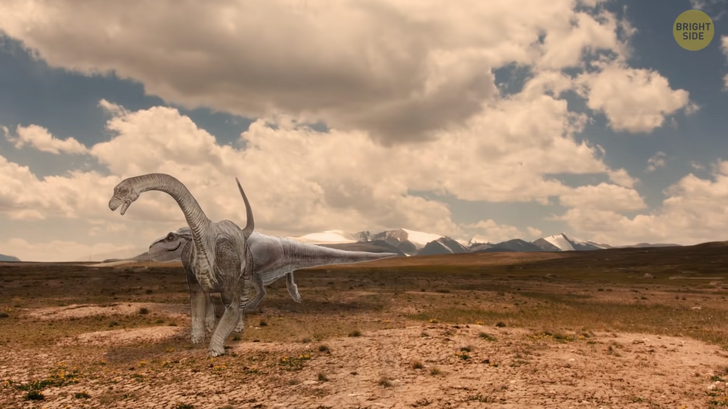
The animals that survived were pretty much all inconspicuous and small creatures. They lived in burrows, safe from all that hot ash. Before the collision, mammals had lived in the shadow of dinosaurs. But with all the dinosaurs suddenly gone, things were about to change!
Mammals were able to take over! They began to dominate life, at least on land. Back to the moment when everything changed... turns out, it wasn’t the size of the asteroid that made it so powerful, it was more about the angle in which it hit the Earth. If the angle of impact had been different, the dinosaurs might’ve even survived the catastrophe!
So...what would that have looked like? Let’s travel back, way back. Oh, no! There’s a giant asteroid heading for Earth, aaaaaaaaarrrgh! Oh. Wait, never mind. It missed. Phew.
There are plenty of earthquakes, tsunamis, and volcanic eruptions every day, but dinosaurs don’t mind that much, no big deal. Fast-forward a few million years, and most of these ancient lizards have changed and are now unrecognizable. Thanks to a couple of ice ages, many dinosaurs are now totally covered with feathers to protect them from the cold.
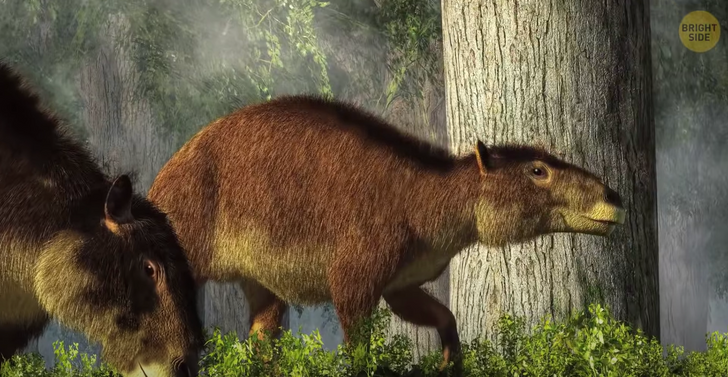
Mammals exist, but they’re few and far between. You see a lot of bats in caves. There are tons of rat-sized rodents in the forests. During the day, they hide in the undergrowth or in burrows. At night, they go out in search of food. There are no horses, no elephants or other large mammals.
Why become large and eatable when there are so many dangerous reptiles with huge fangs around? There are no whales in the sea. Parrots, hawks, and pigeons are nowhere to be seen. But pterodactyl 2.0’s whizz past you constantly. Some are about the size of a helicopter, while others are no larger than a swan.
There are plenty of primates, but they’re in no hurry to climb down from their trees and walk on 2 legs. No venturing out into the savannah, no evolution into Homo Sapiens! In this alternate reality, open spaces are very dangerous. But then again, so are forests and trees. Nowhere is safe.
To get some delicious primate treats, many smaller dinosaurs learned to climb trees. This was already happening back in the Cretaceous period, right before that huge asteroid just missed Earth.
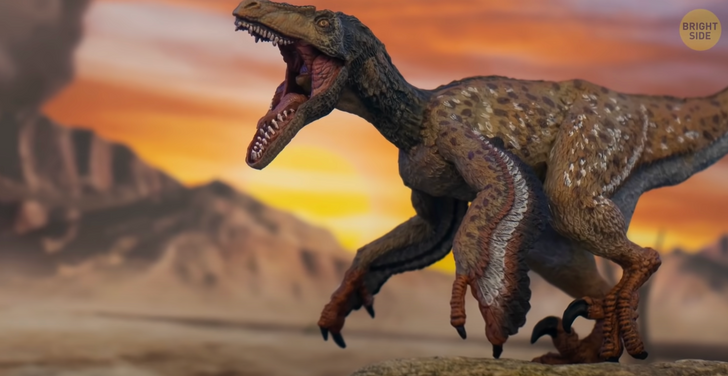
Whew! That would have been an epic collision! Dinosaurs have grown wiser since that near miss, some are even as smart as a modern chicken! A large brain uses a lot of energy, and that’s not always a good strategy for survival. Safer to keep brains small, and keep making those teeth bigger and pointier!











